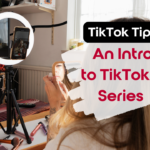Surely they are all the same. Well.. not quite.
The creative and fun short-form content played from TikTok, Instagram Reels, and YouTube Shorts, all serve a similar purpose, but they all come with distinct differences between them. Let’s explore how these platforms are both similar and different, while all standing tall on their own.
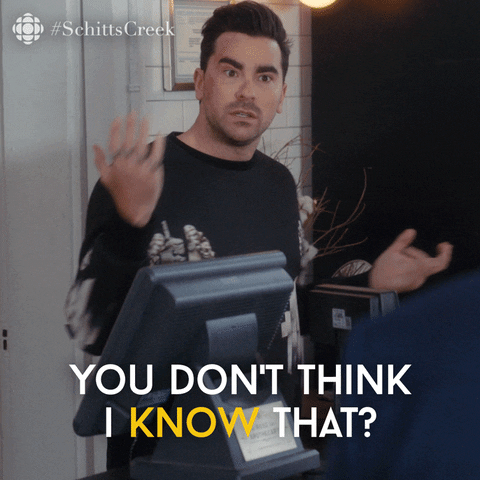
How are they similar?
1. Short-form video format:
Let’s first state the obvious. These three platforms –TikTok, Instagram Reels, and YouTube Shorts – focus on short-form video content. Users can create and share videos that are typically 15 to 60 seconds long. This format allows creators to make quick and engaging content that their audience can consume and be captivated by in a short period of time.
2. Creative tools and effects:
Each platform offers a range of creative tools and effects to enhance videos. Users can add filters, stickers, text overlays, and music to make their content more visually appealing and entertaining. These features enable users to create engaging videos with ease.
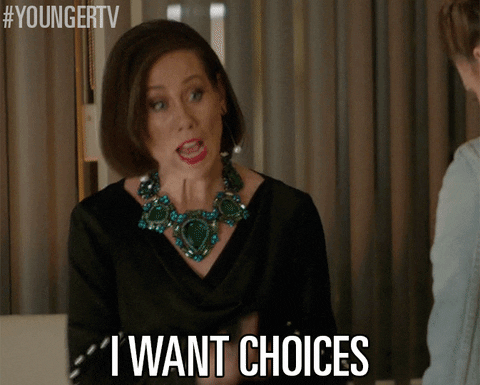
3. Discoverability and virality:
TikTok’s, Instagram Reels, and YouTube Shorts all prioritize discoverability and virality. They have dedicated sections within their apps where users can explore trending and popular videos. The algorithms behind these platforms curate content based on user preferences, ensuring that engaging videos have the potential to go viral and reach a wider audience.Believe it or not there are less similarities between the three platforms then there are differences. Let’s talk about how they are different.
How are they different?
1. Platform focus:
TikTok is a standalone app dedicated to short-form video content. It has gained immense popularity among Gen Z users due to its emphasis on trends, challenges, and lip-syncing.
On the other hand, Instagram Reels is a feature integrated into the Instagram app, allowing users to create short videos within their existing Instagram profiles.
Whereas, YouTube Shorts, similar to Instagram Reels, is a feature within the YouTube app that focuses on short videos. Creators can take their existing YouTube video and create a short out of their content, essentially advertising the video, which is a great way to repurpose content.
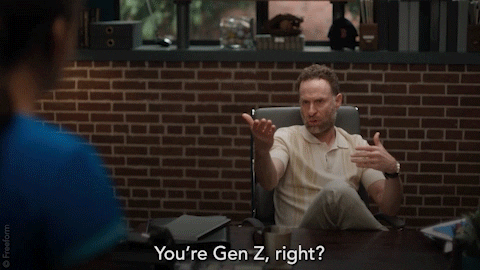
2. User base and demographic:
TikTok’s has a predominantly younger user base, with a significant portion of its users falling in the Gen Z category. Instagram Reels, being part of the Instagram app, attracts a broader range of users, including millennials and an older demographic. YouTube Shorts, being an extension of the popular video-sharing platform, appeals to a wide variety of users across different age groups.
3. Variations in content:
While all three platforms allow users to create short videos, the content types differ slightly. TikTok is known for its dance challenges, lip-syncing, comedy skits, and viral trends. Instagram Reels focuses on lifestyle, fashion, beauty, and DIY content, leveraging the existing Instagram influencer culture. YouTube Shorts, being part of the YouTube space, encompasses a wide range of content categories, including vlogs, tutorials, music covers, video intros, and more.
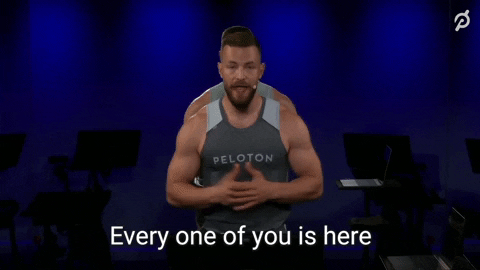
4. Monetization purposes:
Another notable difference lies in the monetization opportunities offered by these platforms. TikTok has a Creator Fund that allows popular creators to earn money based on their video views. Instagram Reels, being integrated into the Instagram app, provides influencers with the opportunity to collaborate with brands and monetize their content through sponsored posts. YouTube Shorts, being part of the larger YouTube platform, offers creators the chance to earn revenue through ads, memberships, and merchandise sales. Learn more about how creators can monetize their YouTube Shorts here.

Overall these popular platforms; TikTok’s, Instagram Reels, and YouTube Shorts create and share short-form videos. While they share similarities in terms of format, creative tools, and discoverability, they also have distinct differences in terms of platform focus, user base, content types, and monetization opportunities. As these platforms continue to evolve, it will be interesting to see how creators utilize them to shape the future of short-form video content and influence the social media landscape.
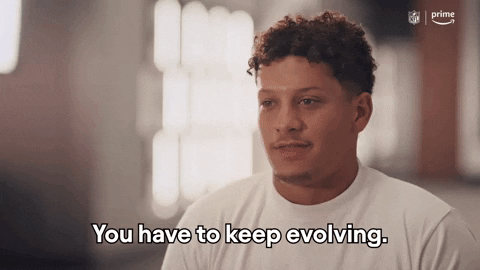
Looking for more information on Instagram, TikTok, and YouTube we have plenty of blogs to read on these social platforms or leave us a comment down below telling us what other topics you are interested in learning more about.

What Platforms To Best Market Yourself On and Your Brand: (Part 2)
Discover how to reach new audiences with your niche on Pinterest, YouTube, and LinkedIn!

What Platforms to Best Market Yourself on And Your Brand: (Part 1)
Let’s explore how you can make the most of your digital presence and reach your goals.

Decoding The Social Media Puzzle: Where To Post Content
You work hard on creating your content, and to get the best results from it, we want to make sure you are posting it to the social media platform that will have the most success. Find out more to receive all the knowledge!

Why You Should Follow Trends On Socials
Want to be a top-notch content creator? Then you gotta keep up with the latest trends on socials. From audio to types of content, here are our reasons why you should upgrade your content strategy with the latest popular trending content.

Getting Pearls Of Inspiration At The FITC Conference
Ever heard of FITC? Come along as we recap our experience at this 3-day tech conference.

The Metrics That Matter Tracking Your Analytics
Checking your insights and viewing how your content is performing is very important for creating a content strategy that will receive some buzz from your audience, but how do you know that the metrics you are looking at are the ones you want to be tracking? Well, we’re here to give you all the answers.

